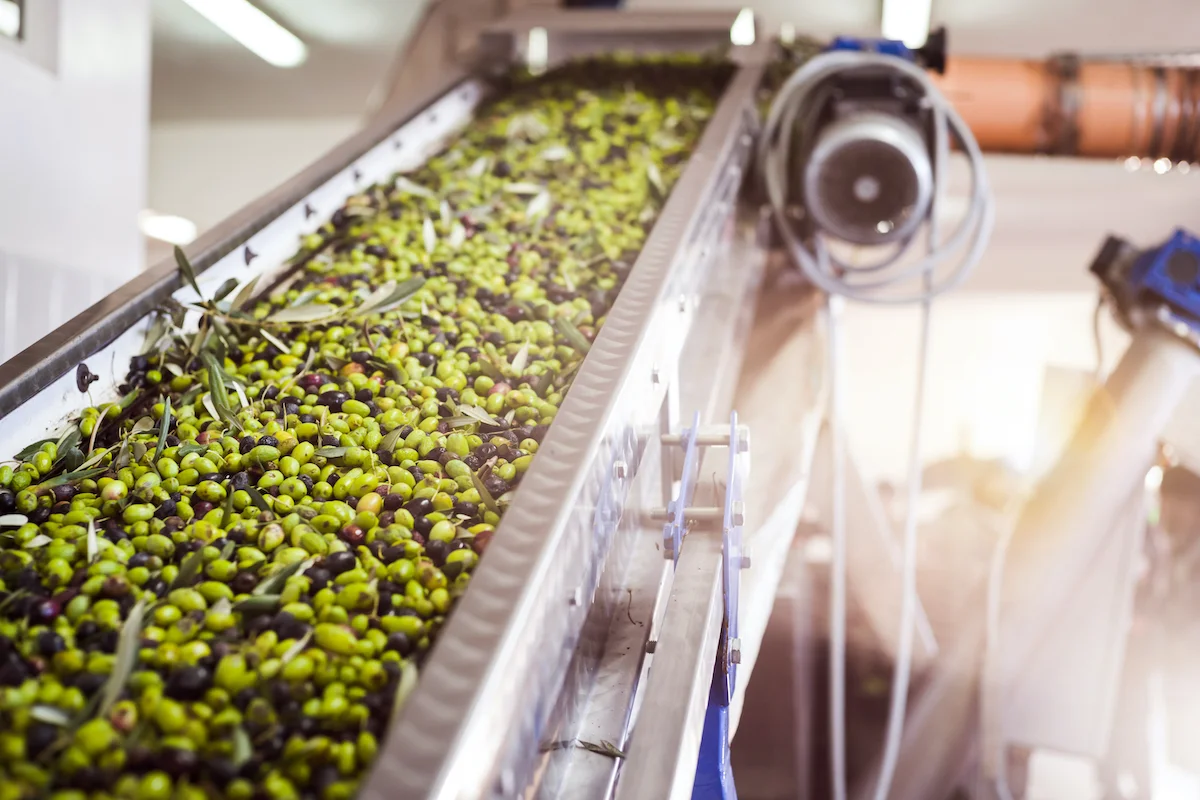If there is one word that perfectly defines the current state of the Spanish agricultural sector, that word is: chaos. While many wine and oil companies anticipate sales of up to six months to the US to avoid the tariff effect, others cancel hundreds of orders. Therefore, as the dreaded 9th of April approaches, stock markets are falling and the world is preparing for a more than possible recession. The question on everyone’s lips in the oil world is what will happen in what was supposed to be the first quiet year after the great crisis.
Before the tariffs. As Rafael Pico, director of the Spanish Association of the Olive Oil and Olive Pomace Oil Exporting Industry and Trade, explained, between January and March, dozens of companies in the sector have brought forward their exports to the US. In January alone, the last month for which we have consolidated data, exports increased by 5,000 tons compared to the previous year. Similar (or higher) figures are expected in February and March.

Six months. That’s six months of consumption, according to their own calculations. And it can be considered a “safety cushion” while waiting for Europe and the US to reach an agreement. The same thing has happened with wine, but not so much with other perishable products (such as hams or sausages). However, oil is different for one simple reason: there is no substitute.
Is there no substitute? Although it is true that countries such as Morocco, Turkey, Australia, Argentina and Chile could benefit from the tariffs (because they will be half of what they are in Europe), the truth is that none of these markets can quench North America’s thirst for oil. Eighty percent of the oil consumed in the US comes from Europe, explained COAG.
Its own production, if we want to have the full picture, is some 6,000 tons out of a total of 350,000. Who could put those quantities of oil on the table?
Furthermore, we are coming from very high prices. That is also something that plays in favour of Spanish oil: last year we saw ex-mill prices of 9 euros and now they are at 3.5. In this context, we just need to contain the fall in prices to the end user a little so that the effect of the tariffs is not noticeable. In fact, it is possible that the price now with tariffs will be lower than in previous campaigns.
It’s all good news, isn’t it? Not quite. Because, whatever happens, sales are expected to fall and, moreover, there is a country with much higher tariffs that is going to have to redirect its production towards Europe: Tunisia. It is true that we are only talking about 56,000 tons per year in Spain, but an indiscriminate increase at this time could erode the profitability of many rainfed farms.
The underlying problem is that the tariff war is going to distort the whole market. And it is going to make the recovery of the sector very complicated. It is worth remembering that we have had a very bad few years and that most producers are concentrating on survival.
The dust cloud that this whole trade battle is raising makes it very difficult to make decisions for the future. The problem is that it is time to make them.









